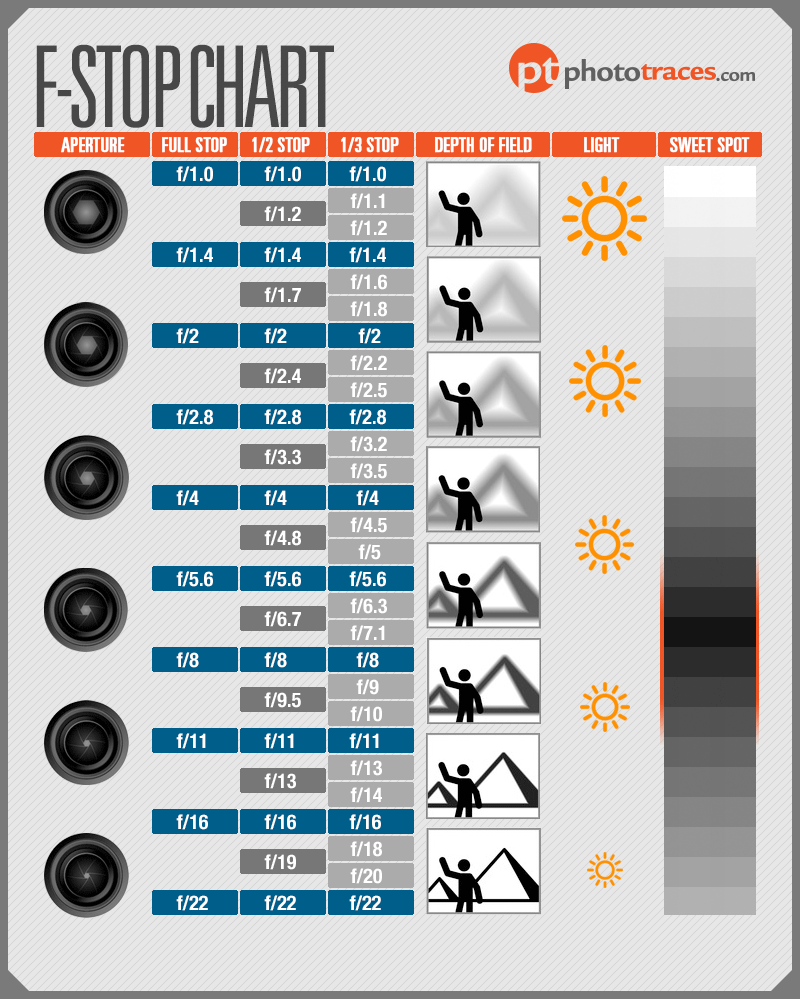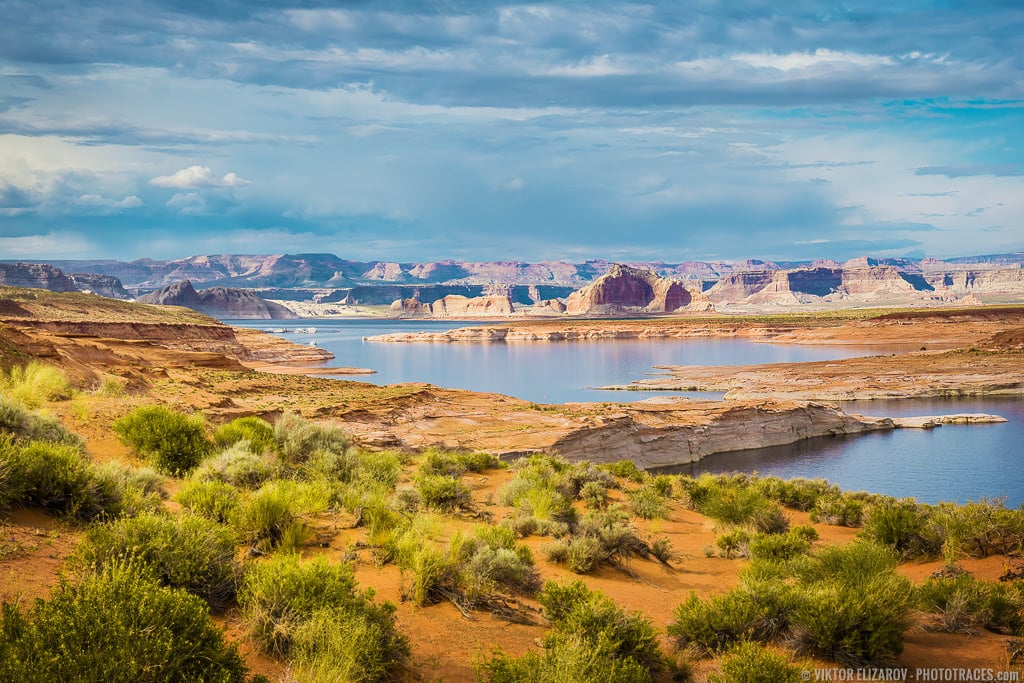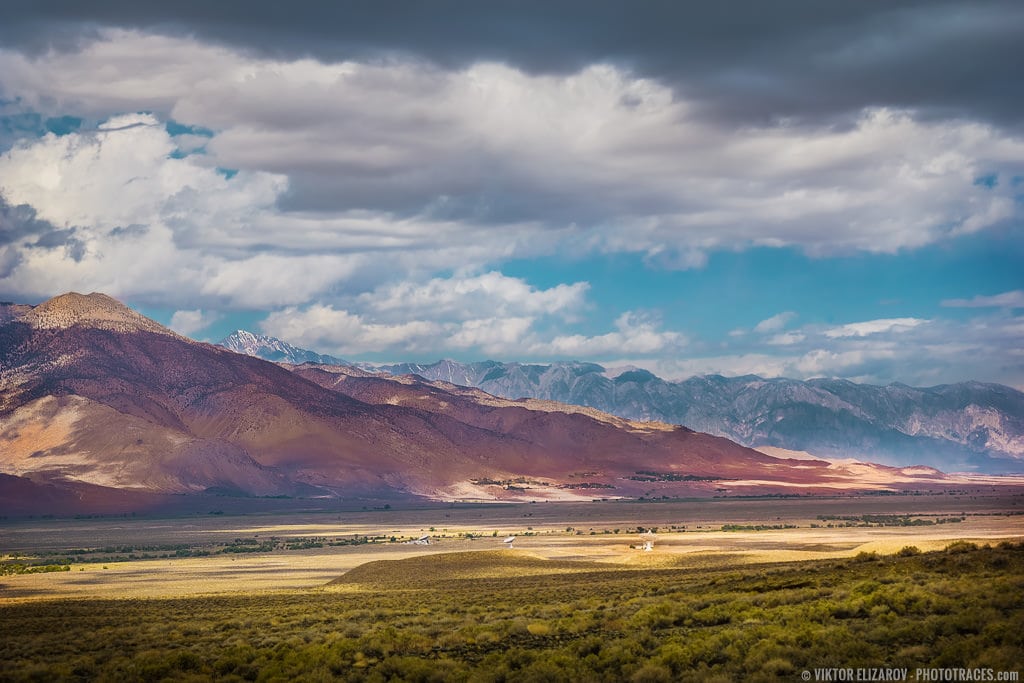If you’re looking to understand aperture in photography, then you’ve come to the right place. F-Stop Chart infographic graphically illustrates the different features of aperture and its relationship to the lens, F-stop, depth of field and light
In this article, I’m going to cover the ins-and-outs of aperture in photography–so that by the time you’ve finished, you’ll know:
- F-Stop Chart Infographic as a CheatSheet for photographers
- What f-stop is
- Why f/1.8 is bigger than 1/22
- Relationship between F-stops and depth of field

Beginner photographers are often confused by the term “f-stop”. They know it is somehow related to the concept of aperture and has something to do with depth of field but aren’t sure what exactly it stands for.
Do you feel the same? Don’t worry because you’re certainly not alone. F-stop is indeed one of the most complicated concepts for everyone who makes his first steps in photography. It is also a very important one that you can’t really do without.
My goal with this article is to explain in plain words everything you need to know about f-stops. I hope at the end all your questions will be answered.
Let’s begin.
F-Stop Chart Infographic
Since photographers are visual creatures, I put together the F-Stop Chart that graphically illustrates the different aspects of aperture and its relationship with the lens, F-stop, depth of field, and light.

Aperture
The size of the aperture in the F-Stop Chart does not represent the actual size of the aperture accurately. It is here to help you to visualize the relationship between different apertures. For example, the actual area of the aperture on 50mm lens at f/22 is only 4 square millimeters large. It would be impossible to illustrate such a tiny opening.
Full Stop – 1/2 Stop – 1/3 Stop
Modern digital cameras allow us to change the aperture in a variety of increments, starting from full stop to one-third stop. For example, by changing the f-number from f/8 to f/9 we only reduce the amount of the light that passes through the lens by one-third. The F-Stop Chart displays the relationship between one-stop, half-stop and third stop increments.
Depth of Field (DOF)
Visual representation of the relationship between the Depth of Field (DOF) and the F-Stops. Bigger the aperture the shallower DOF. And as the aperture opening is getting smaller the Depth of Field gets wider.
Light
Bigger the opening more light travel through the lens making our photographs brighter. The smaller opening results in less light and darker photos.
Sweet Spot
The sweet spot of a lens is the aperture value (f-stop number) that is considered to produce optimally sharp photos with the least amount of distortion and fringing and the best sharpness. It varies from one lens model to another.
See also: Should You Keep or Remove EXIF Data from your Photos
Each lens is different but ingeneral the aperture range of f/5.6 – f/11 produces the sharpest and the cleanest images.
The sweet spot for my go-to lens Sony 16-70 f4 is f/8.

If you want to identify the sweet spot of your lens simply Google the query “Lens Model + Sweet Spot” and you will find the the “sweet spot” of your lens with ease.
F-stop and aperture
As I said above, f-stop and aperture are interrelated. In fact, you can’t explain the former without the latter.
You already know aperture is the opening in your lens that lets light into your camera. You also know that the bigger the opening, the more light enters the camera. Analogically, the smaller it is, the less light it lets in.

By f-stop we simply mean a number that corresponds to a certain aperture. It looks like this: f/1.8, but you can also see it look like this: f1.8.
f/1.8 is an example of a big (or open) aperture that will let a lot of light in. An example of a small (or closed) aperture can be f/22.
And this is where things get a little bit confusing…

How come f1/8 means a bigger aperture than f/22?
This is usually the point that perplexes each starting photographer. If I want a big aperture, why do I choose a smaller number?
Well, the thing is you don’t choose a smaller number. F-stops are not full numbers. They are fractions. Think of f/8 as one-eighth and of f/22 as one-twenty-secondth.
Related: 20 Tips for Stunning Sunset Photography
Just like in mathematics, then, 1/8 is bigger than 1/22. If you get 1/8 of a cake, you’ll be luckier than if you get 1/22 of it, right? The logic is the same with f-stops. f/8 means a bigger aperture than f/22.
To sum up, if you want a big aperture, you need to choose an f-stop from the range f/1.4 – f/5.6. And if you want a small one, pick up from f/8 and above.

OK, but why 1.4, 8 or 22? What do these numbers stand for?
As you probably guess, these are not just random numbers.
To begin with, the “f” in “f/8” stands for “focal length”. If you replace this f in the fraction with the value of the focal length of the lens you’re using, you will get the diameter of your aperture.
Let’s say, you’re now using an 80mm lens. If the f-stop you want to choose is f/8, you will get the fraction 80/8. 80 divided by 8 is 10. So the opening in your lens is exactly 10 millimeters across.
If we had a 50mm lens and an f-stop of f/1.0, our aperture would be 50 millimeters across. In other words, its diameter would be equal in length to the focal length of the lens.
Related: Best camera to photograph stars
Here, though, it’s important to distinguish between the diameter of the aperture (measured in millimeters) and its area (measured in square millimeters). If we choose f/1.4 on that same 50mm lens, the diameter of the aperture will get smaller by a factor of 1.4 but its area will be reduced by a factor of 2.
This might sound complicated but you don’t really need to think about it. What you should know, however, is that by changing the aperture by one stop we either reduce or increase the amount of light by a factor of two.
So, if we stop down the lens from f/8 to f/11 (provided all other settings stay the same), we allow twice as little light. If we change the aperture from f/5.6 to f/4, we double the amount of light that will hit the sensor.

The aperture opening is very small,
about ten times smaller than the focal length of 50 mm.
It makes f-stop around f/10-f/11.
The typical range of f-stops a camera supports is f/1.8 – f/22, consisting of the following f-stops:
f/1.8, f/2.0, f/2.8, f/4, f/5.6, f/8. f/11, f/16, f/22
There are other f-stops, of course. Some cameras support f-stops up from f/1.4 down to f/32.

Do I need a lens that supports a bigger maximum aperture?
You have surely noticed that each lens name contains the maximum f-stop it supports. My Fujinon 35mm f/1.4, therefore, allows me to use f-stops up from f/1.4.

Fujifilm XT2 with Fujinon 35 f/1.4
Such lenses are often called “fast” because they let you get more light into the camera without having to resort to slower shutter speeds. This is useful when, for example, you want to shoot an image without a tripod. The big aperture will allow enough light through the lens so you don’t have to use slower shutter speed and risk getting a blurred picture due to hand movement.
Related: How to Keep the Horizon Straight in Your Photos
Fast lenses, however, tend to be among the most expensive so it’s important to consider whether investing in it will be worth for you.

F-stops and depth of field
In the introduction, I mentioned “depth of field” and its relation to aperture/f-stops. I have covered this topic extensively here.
In short, though, the aperture directly influences how much of your photograph will appear sharp. Big apertures in the range of f/1.4-f/5.6 create a shallow depth of field with just your object (or parts of it) appearing sharp. Small apertures (f/8-f/22) allow for a large depth of field where everything from foreground to background may be sharp.
Do you still find f-stops confusing?
It should be a bit clearer now, isn’t it? I realize just reading about it may not help you. So grab your camera and explore the range of f-stops it supports. Change no settings apart from the aperture and then analyze the results. Then go back to the article and it should already make sense.
If you still have any questions left, feel free to ask me in the comments below.

